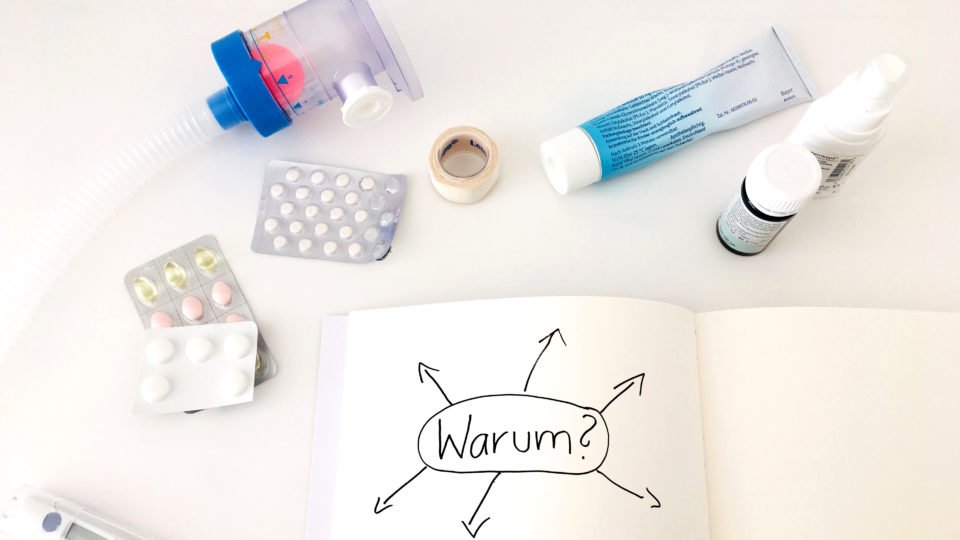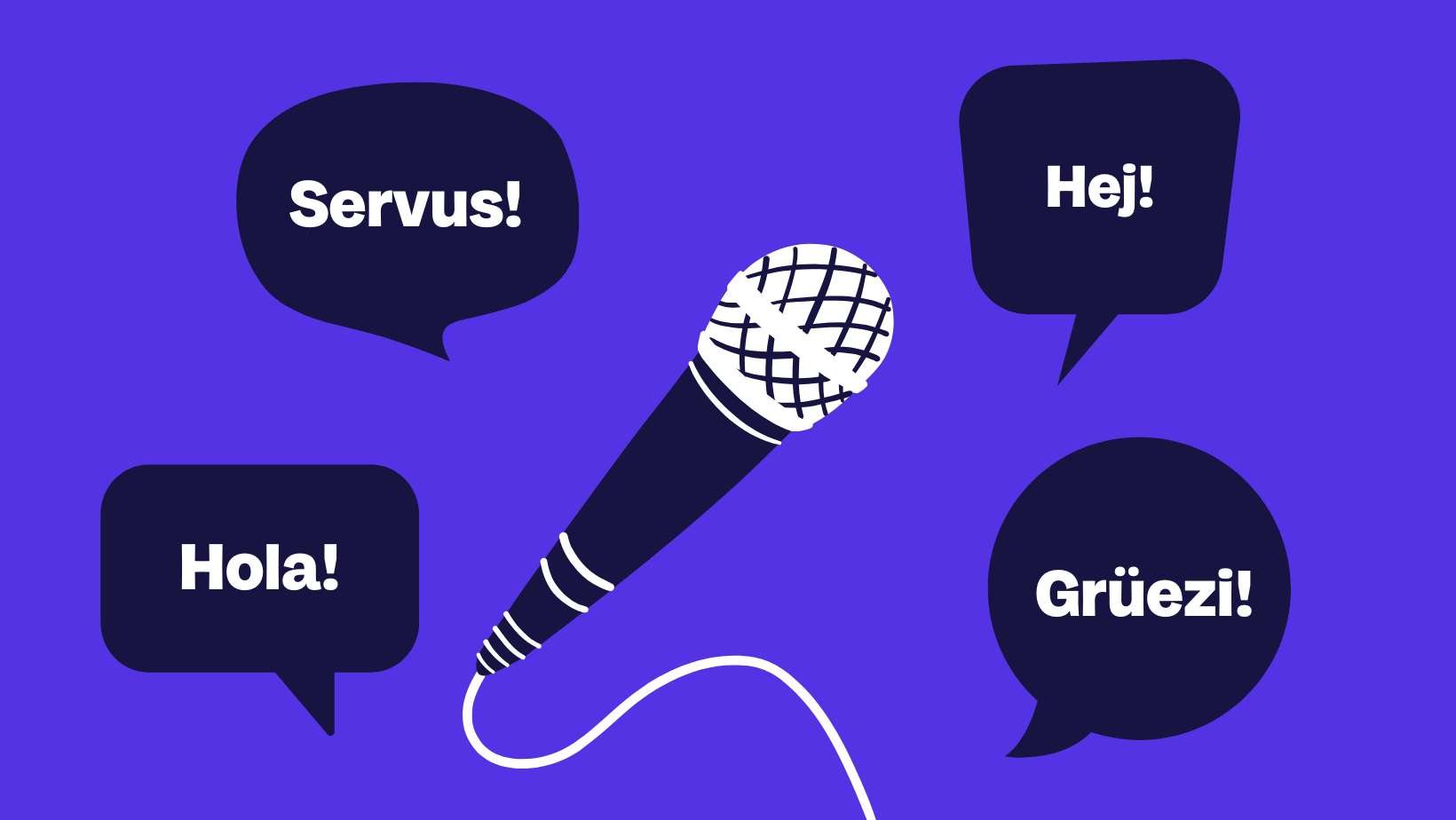A Recipe for Storytelling in the Healthcare Sector
Anyone who has ever been seriously ill knows that health is simply the most important thing. It is just as important for every patient to be sufficiently informed. True to the motto “well informed – lives longer”, patients no longer just ask their doctor or pharmacist for advice. Today, many people are independently searching for healing methods or patients with a similar course of illness.
At the same time, there is now a wide range of drugs, technologies and clinics that promise us a quick cure. The healthcare sector is growing. Cost and competitive pressure is increasing. In the healthcare sector it is more important than ever to position yourself as a brand and attract the attention of patients, healthcare professionals and cooperation partners. In the following, we use examples to show how clinics, pharmaceutical companies and other players can stand out from the crowd with the help of storytelling in the healthcare sector.
Storytelling in the healthcare sector: Creating the balancing act between healthcare professionals and patients with stories
First of all, you should be clear about who actually belongs to the target group. The big crux in the healthcare sector: The target group here is not only very large, but also very heterogeneous. On the one hand, there are professionals such as doctors, nurses and researchers. On the other side are the medical “laypersons”: patients, relatives or potential future specialists. They are all equally receptive to emotional stories. Doctors don’t always have to be addressed in technical jargon either.
The SUCCESs-formula is a good aid for writing your own storyline. It states that a clear message should be characterized by the following attributes: Simple, Unexpected, Concrete, Creative, Emotional and Story. In this case, simple means always focusing on the core of an idea. Complex issues should simply be broken down.
A great example of this is the video from the Mayo Clinic in the USA. In 2016, she published a video of a colonoscopy live on Persicope to mark Colon Care Cancer Awareness Month. The video was even broadcast briefly from the clinic in Time Square. Instead of throwing around a lot of technical terms, the initiators decided to visualize a complex procedure such as a colonoscopy in a simple and emotional way. Professionals and laypeople alike felt equally addressed.
You can find more examples of storytelling in patient communication at the following link.
Start every story with a “Why?”
So it doesn’t matter what information you want to communicate. Whether it’s the presentation of a drug or the explanation of a surgical method: the key is to give each topic a face. Medical work is work on people. It is particularly important to address the fears and concerns of those affected. When it comes to medical interventions, they are usually associated with hope, fear, worry, and sometimes disappointment.
At the same time, however, it is also about experiences, such as a better quality of life, as well as human relationships – for example between doctor and patient, relatives or nursing staff. Instead of starting with the question “What?”, storytelling stakeholders in the healthcare sector should focus on the “Why?” in their communication.
A very successful example of this is BVMed’s “Body Pride” campaign. Instead of bothering consumers with lengthy and complicated explanations, such as the question of what kind of medical technology devices they produce, BVMed portrayed people with their health handicap. Thanks to medical technology, they are fully involved in life. For example, posters show a patient who has had his larynx removed after being diagnosed with cancer and is able to breathe and speak without discomfort thanks to state-of-the-art voice valves and filters.
The ABDA (Federal Union of German Pharmacists’ Associations) proves that storytelling in the healthcare sector can also be used successfully for pharmacies. As part of the “Closer to the patient” project, patient stories were used to show that community pharmacies have enormous added value for patients and can in no way be replaced by online business. Posters here show 14-year-old Nele, for example. She is dependent on medication due to an underdeveloped ventricle. Pharmacists prepare these especially for her based on specific dosages.
In this case, the average consumer should be made aware of the need for suburban pharmacies. Campaign posters were therefore displayed in 340 train stations and 200,000 advertising pillars. There were also short movie spots about various patient stories.
Channeling your own message in a targeted manner
Players in the healthcare sector should always keep in mind where they can best reach their target group. If, for example, you want to address the next generation of skilled workers, social media campaigns make sense, whereas raising awareness of a medication for typical symptoms of old age, such as osteoarthritis, is better communicated in other formats.
A great example of a target group-oriented approach with storytelling in the healthcare sector is the nursing campaign “You will grow” at Heidelberg University Hospital. A film shows the individual nursing staff in their areas of responsibility. The campaign visualizes why it is worthwhile to work as a nurse in Heidelberg. The nurses are also portrayed in their private lives. The University Hospital has published the video on its own YouTube channel to appeal to young professionals in particular.
The hospital operator Vivantes is also using its Facebook page to inform Berliners in particular about health and other topics. During a Berlin Foxes match, for example, Vivantes provides information on the subject of sports injuries. There is also the “Kids Reporter Club”-project especially for children. This is a fun way to explore hospital wards and procedures. The Facebook page of Charité University Hospital is also geared towards its target group with numerous references to further education events and the presentation of research groups and studies, which, in addition to patients, primarily includes researchers, doctoral students and doctors and nurses interested in further education.
Conclusion: the focus must be on people
The examples of successful healthcare communication have shown what is important if you want to stand out from the crowd of clinics, pharmaceutical companies or medical technology companies. What all cases have in common is that they place people at the center of their campaign and tell their story with a lot of emotion and visual power.
Even the effects of medication or the performance of certain surgical techniques can be told emotionally and simply via storytelling in the healthcare sector in order to appeal to both medical laypeople and specialist staff. There is probably no other industry that deals with as many human emotions as the healthcare industry: fears, pain, joy, risks and side effects. Sometimes it’s even a matter of life or death. Captivating stories should therefore be an absolute must in health communication.
You can find out how storytelling also works for employer branding in the pharmaceutical and healthcare sectors in our article “Giving white coats a new look“.
Share this article









